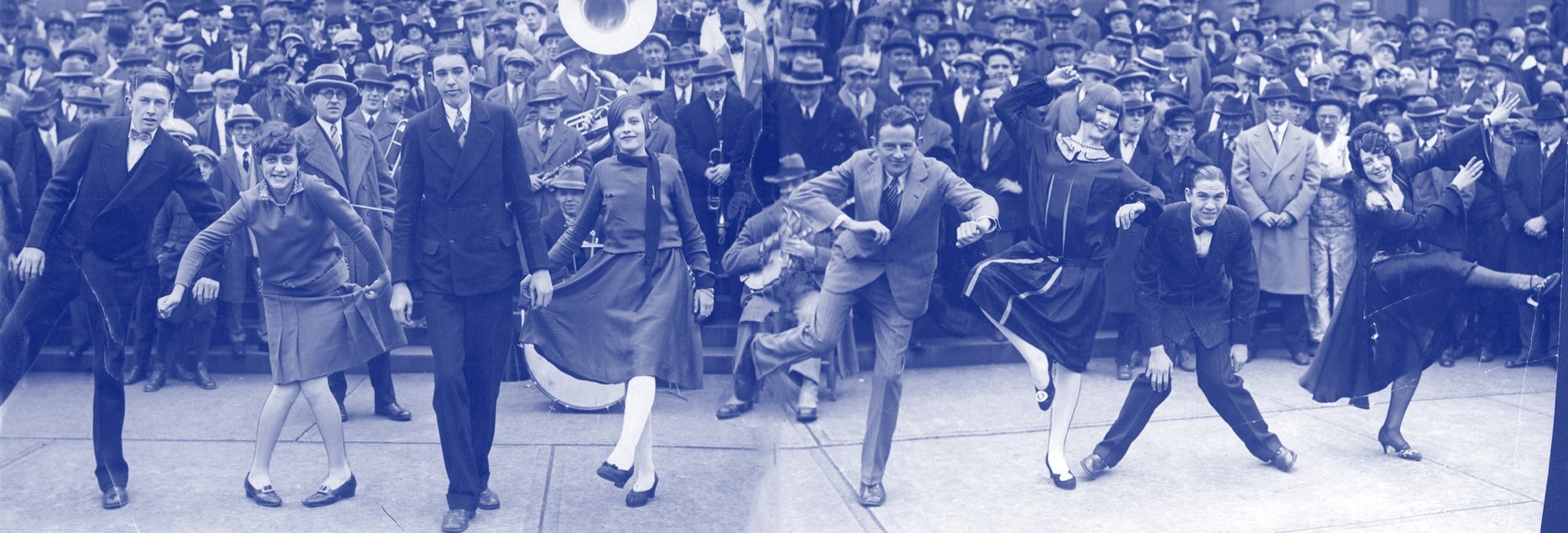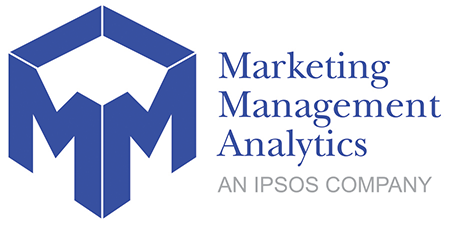Rowdy and Roaring 20’s: Marketing Effectiveness Learnings in the Post-Covid Era
By Craig Glusick, VP Analytic Consulting & Lisa Foster, VP New Client Engagement

Over 100 years ago, following the 1918 Spanish flu the world re-emerged enjoying a boom period, later referred to as the “Roaring Twenties”. While new world events and threats are tempering some of the sanguinity, we are hopeful that we’re heading into more optimistic times as the Covid vaccines and boosters roll out and the hospitalization rates and infection rates diminish. The new and aspirational “Roaring Twenties”, if history repeats itself, will be getting back to pre-pandemic activity, but with a vengeance to make up for lost time and experiences. Among many things that have changed, buying behavior has gone through a transformation. Companies that recognize and capitalize on the changes and work to their advantage are positioned to win. Those that don’t will likely fare less well.
COVID
It is obvious that Covid was the biggest disruptor influencing business performance over the past 2 years across the globe. We had the period of lockdowns and store closures, then a period of on-and-off easing of restrictions and now a return of people to Main Street but with a new-found taste for online shopping. Covid impacted companies most in 2020, but a majority of companies that survived the early part of the turbulent 20’s are starting to see growth in 2021 and 2022. People have begun to return to the stores; however, a new challenge has emerged in supplying the heightened demand and dealing with various supply chain disruptions. This has led to a variety of marketing challenges related to how much to invest in marketing when certain product lines aren’t available on the shelves. Where the latest rounds of lockdowns take us post-Omicron we’ll have to see.
We have seen that leading companies are analyzing performance but controlling for Covid impacts in their analysis. Focus has moved away from shoring up short-term sales and moving towards brand or product campaigns and thinking more longer-term.
BRAND VS PERFORMANCE DYNAMICS STILL AT PLAY
Brand marketing vs Performance marketing is a dilemma many marketers are still facing, especially when many companies trimmed back on brand investments during the pandemic. Brand marketing refers to marketing focused on broad-reach advertising and emotional brand-building; while performance marketing refers to short-term activation focused marketing. Performance-marketing, usually focused around digital campaigns and tactics that allow for quick pivots due to a plethora of KPIs to provide guidance, dominated spending during 2020 and 2021.
Analysis across a range of clients show that while this helped to prop up short-term sales, it proved to be less efficient than brand marketing. ROI from brand marketing has shown higher effectiveness in the short-term, and even more so when long-term effects of brand marketing are considered.
While there was a recent focus on performance marketing, a lot of large multi-national brands are being reminded that brand-based marketing is more effective in driving both short and long-term brand growth. In fact, it’s been proven time and time again that the foundational equity of a brand is usually grounded in its branded marketing. Many organizations are turning the brand marketing taps on again full-force and finding that they are having to rebuild brand equity that was lost through a short-term focused performance holding pattern.
Also, the relationship between brand and performance marketing has been put in the spotlight when brand marketing taps were off or tapped down. Brand marketing fuels performance marketing with a number of clients seeing that in the data; the opportunity now is to get the mix and the balance right.
OMNI-CHANNEL SALES AND OMNI-CHANNEL MEDIA
Omni-channel refers to retail channels and shopping options that are an integration of different methods of shopping available to consumers, e.g. online, physical shop or phone. But it is also important to think of omni-channel from a marketing perspective as ultimately there are different retail channels for consumers to consider but also multiple ways they can receive communications and stimuli.
Focusing on retail first – ecommerce was a mixed bag for different clients through lockdowns of 2020. Some clients saw an exceptional demand transfer where ecommerce outweighed retail performance and customers realized that it could be a satisfying experience, supplying products they need without risk of infection. In other cases, businesses learned they were a shop floor business, that needed customers in-store to drive sales. For example, an apparel retailer with a small portion of sales through ecommerce quickly adjusted during initial covid lockdowns to expanded demand. This meant they were able to capture additional sales and they acquired new customers. This was achieved with performance focused media and they tapped into lockdown related sentiment and demand. So, while we talk about a big shift to brand marketing, it’s important to remember there is a key role for performance marketing too; it can also be used to drive customer foot traffic in-store.
The most important point to go back to, as just mentioned, is brand and performance work in harmonious concert and digital tactics have a strong likelihood to driving people in-store too.
Many businesses are still trying to find the right organizational structures and strategies to help them move from multi-channel marketing to omni-channel marketing. Many silos exist in organizations. A common scenario is for performance marketing to be managed by one team such as an ecommerce or digital team and brand media to be managed by another team such as global media teams. While both teams are set on driving targets of the business, they may not be aligned as to how to get there. The common language to enable alignment is data and many companies are using data and analytics to reinforce the need for true omni-channel marketing strategy.
MEDIA VS PRICE PROMOTION VS IN-STORE EXPERIENCE
Many businesses are grappling with the role that promotions play. This is a long-standing conundrum for many companies as they recognize that excessive promotions erode brand value and impact profits. That said, consumers love a deal. To effectively create brand marketing growth while stimulating customer appetites to buy, the two must work together. As companies look to build brand strategies and manage supply constraints dialling back promotions or replacing them altogether is part of the way forward.
For example, a global fashion retailer was looking to drive brand enhancement and got lost in a downward spiral of price promotions that had long been common (and expected) for the brand. A combination of new product introductions and brand-based advertising was used to drive a shift away from a promotion-based focus with winning results.
Another effective strategy is improving the in-store experience to drive the overall brand image, drive customer engagement and ultimately drive sales. Looking at the store itself, in-store activity (experiential events, signage, demos, etc.) and improving the customer experience can outweigh the need for price promotions and can complement media driven brand building.
WHAT DOES THIS MEAN FOR MARKETING EFFECTIVENESS IN THE POST COVID ERA?
All of this points to a myriad of challenges companies are facing in the coming months and likely years. Supporting decision-making though, is an unprecedented amount of rich data and supportive, real-time, forward-looking analytics to action insights, in order to identify customer buying trends, behaviours and action against them. Those companies that are rooted in data, measurement and activating on the derived insights are likely to become the winners as we emerge from the pandemic and ride the Roaring 20’s wave. Having a clear strategic direction for a brand and a business is important. It is likely going to include some balance of brand building and performance marketing to stand out in a hectic landscape, but leading companies recognize this is not a one-time effort. It takes an assertive, agile and strategic approach where you are continually monitoring environmental dynamics and then being prepared to tweak again when conditions shift. Getting this level of insight and ability to adjust will lead to huge wins for leading companies.
> Download this Article
Ipsos MMA is a leading global player in marketing effectiveness analytics and strategic consulting. The company works with some of the biggest brands across the globe and is seeing huge demand in the -as companies emerge from the post-pandemic period to one of “normalcy”. We are helping clients turn the post-pandemic challenges into world beating opportunities.
